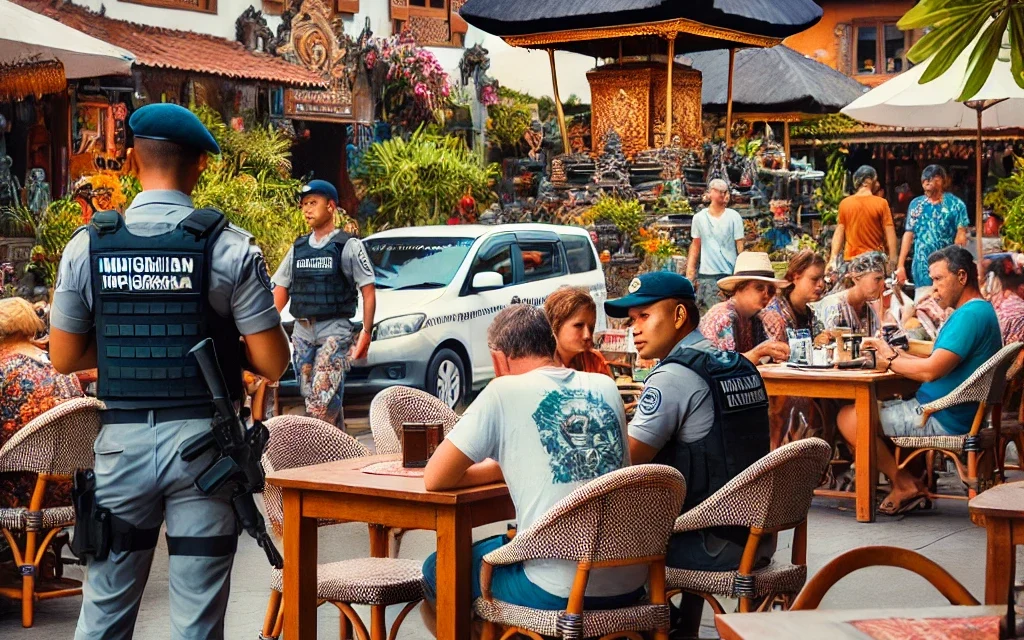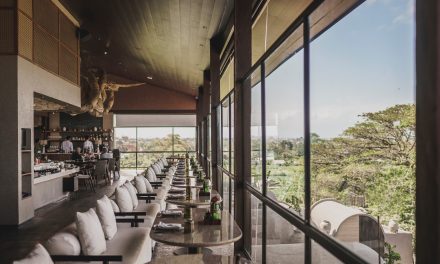When visiting Bali, Kuta is often at the top of travelers’ itineraries, and for a good reason. It’s not just famed for its stunning beaches and lively nightlife; Kuta also boasts an array of local markets that pulse with culture and creativity, especially when local artists take to the stage for live performances. This delightful blend of shopping and entertainment can create unforgettable experiences—so let’s dive into what you can expect at the Kuta local markets.
The Vibrant Atmosphere of Kuta Markets
Stepping into a Kuta market is like diving into a sea of colors, scents, and sounds. Local vendors set up their stalls filled with handcrafted souvenirs, vibrant sarongs, intricate jewelry, and alluring local snacks. The rich aroma of sweet and spicy street food wafts through the air, beckoning you to try a plate of nasi goreng or a skewer of satay.
One afternoon, I remember strolling through the Kuta Art Market, my senses tingling with excitement. As I ventured deeper, I stumbled upon a small space where a group of musicians had gathered, strumming traditional Balinese instruments and singing folk songs in harmony. Their music created an enchanting backdrop, transforming my shopping into a vibrant cultural experience.
Live Performances: A Local Flavor
What sets the Kuta local markets apart from others globally is the live performances that often accompany the trading. These showcases reflect Bali’s rich cultural heritage and are a treat for both locals and tourists. You might find traditional Balinese dance performances, where dancers adorn themselves in colorful attire, moving gracefully to the rhythm of live gamelan music. I was fortunate enough to witness a lively legong dance at the Kuta Night Market, where the performers’ fluid movements and ornate costumes captivated everyone present.
Such impromptu performances can pop up unexpectedly, adding an element of surprise to your market visit. It’s not uncommon to see local artists painting vibrant paintings or carving intricate sculptures right before your eyes while their friends play the guitar or percussion instruments nearby.
Engaging with the Local Talent
What I love most about these markets are the opportunities they provide to interact with local talent. After watching a mesmerizing dance performance, I couldn’t resist approaching the dancers. They were friendly and eager to share stories about their art and culture, which provided insights beyond what any guidebook could offer.
If you’re keen on immersing yourself in the local culture, here’s a practical piece of advice: don’t hesitate to strike up a conversation! Most performers love sharing their passion and experiences. You’d be surprised how welcoming and engaging the locals can be, and some might even invite you to join in on a dance or two!
Unique Souvenirs and Stories to Bring Home
Kuta markets are a treasure trove for unique souvenirs. Instead of typical tourist trinkets, you can find handmade crafts that tell a story. I still remember a beautifully woven basket I purchased from a vendor who was more than happy to explain the significance of his craft. He told me it was a symbol of prosperity and offered to teach me how to weave it myself. Though I only managed a few clumsy attempts, I left with a newfound appreciation for the skill involved and a story that I still share to this day.
When shopping, keep an eye out for locally made products to support the community. Items such as batik fabrics, silver jewelry, and natural skincare products made from local ingredients often serve as excellent gifts or personal keepsakes.
Tips for Enjoying Kuta’s Local Markets
1. Time Your Visit: Markets in Kuta tend to be most vibrant in the evening. Late afternoons to early evenings are the best time to catch live performances and experience the bustling atmosphere.
2. Bargain Wisely: Haggling is part of the shopping experience in Kuta. Approach it as a friendly negotiation rather than a harsh battle. Start with a lower offer and see where the conversation takes you!
3. Stay Hydrated: It can get hot and humid, so make sure to drink plenty of water, especially after indulging in some spicy street food.
4. Respect the Culture: While it’s fine to take photos, always ask for permission first, especially during performances. This shows respect for the artists and their hard work.
5. Explore Beyond the Main Streets: Some hidden gems lie off the beaten path. Seek out smaller markets that may not be as crowded but offer rich local experiences and performances.
Conclusion
Kuta’s local markets with live performances are not just places to shop—they are vibrant cultural hubs that bring the heart and soul of Bali to life. Engaging with local artists, savoring unique foods, and investing in meaningful souvenirs are experiences that will enrich your trip and create lasting memories. The next time you find yourself in Kuta, take the time to explore its local markets fully. You never know what delightful surprises await you beyond the stalls!






